This is an anti-magnetic dust cover or shield that can be found on some solid back Omega Speedmaster and Seamaster watches. It is sometimes called a movement cover, dust cover, dust cap, movement shield, etc. It serves the purpose of adding a layer of antimagnetic protection between the movement and the caseback. Its presence doesn’t mean your watch will be 100% resistant to magnetic fields, but it helps.
Some of the topics covered in this caliber listing:
Cover Example:
The dust cover example shown here was found in a Seamaster GMT, covering an Omega caliber 1128 automatic movement.
The covers are not signed with Omega branding, so without prior knowledge that it is from an Omega watch, a person could come across this part and have no idea what it is for.
This particular cover has just two lines of text that read:
ANTIMAGNETIC IRON
096 FE 0041
The number is a reference number for this part. Other part numbers include 096 FE 0037 (096FE0037), 096 FE 0028 (096FE0028). If you know of more, please comment below.
Example Specs:
The dust cover pictured measures about 27.7mm in diameter, at ~2.3mm tall with a weight of around 1 gram.
It fits snugly in place over the movement, with tight tolerances giving the ability to rotate it in place but not move it.
The “knob” popping up in the center has a diameter of roughly 2mm (other models have a larger diameter knob).
My watch doesn’t have a cover!
If your watch doesn’t have a dust cover inside, first make sure it is supposed to have one before freaking out. If it is supposed to have a cover but it’s not there, it’s possible that a previous watchmaker or technician forgot to put it back in, or someone took it out to use in another watch. You can find replacements online with prices varying from $30 USD to over $100 USD.
Why use an anti-magnetic cover?
Protecting a movement from magnetism ensures accuracy and proper timekeeping. Here what Omega has to say about magnetism and its affect on timekeeping:
“When parts are magnetised they become attracted to one another and rather than run smoothly they attempt to adhere together. Makers of quality timepieces realised early on that it was possible to mitigate some of this issue in the gear train by crafting movement parts from non-ferrous materials, as these metals and alloys enjoy antimagnetic properties due to their low iron content. While crafting the movement plates and gear wheels in brass alleviated the issue a little, the one part that was always necessary to make of steel was the hairspring, steel being the only material available from which to produce reliable and long-lived springs. By the mid 1800s,watchmakers were already hard at work searching for a spring material that would not be affected by magnetic fields, successfully experimenting with glass, palladium and gold. However, these materials proved too delicate for prolonged use and the production of the parts in reasonable quantities was problematical for the technology of the times. It was not until the turn of the century that new alloys were discovered that combined both the flexibility and antimagnetic properties required, paving the way for the first commercially available ‘antimagnetic’ pocket watch to be launched in 1915.” –source
Faraday Cages:
You may see this dust cover referred to as a Faraday cage, but that isn’t accurate. Perhaps the dust cover can be regarded as a type of Faraday shield, but unless the movement is surrounded on all sides, then it is not exactly a cage.
“Faraday cages were invented in 1836 by English scientist Michael Faraday to block electric fields by using conductive materials to pass the force around the outside of the cage, protecting the delicate equipment within.”
And…
“The design of the cage allows this protection due to the distribution of the effect of the field over the conducting material, cancelling the effect of the field inside the cage.”
Omega also adds that:
“Faraday cages cannot block static or slowly varying magnetic fields (e.g. the Earth’s magnetic field), they can effectively shield the interior if the encasing conductor material is thick enough, and if any voids in the mesh are significantly smaller than the electromagnetic radiation’s wavelength.” -same source as above
If the material should be conductive, is iron suitable for the purposes of the cover?
According to metallurgists, yes…
“Iron has metallic bonds which is where the electrons are free to move around more than one atom. This is called delocalization. Because of this, iron is a good conductor.” –source
Not Just Omega:
Omega isn’t the only brand that uses antimagnetic covers. Below is an example of a Victorinox Swiss Army Journey 1884 quartz watch with a similar cover.
If you know of other brands using similar type covers/shields on their watches, please add them in the comments below…
Additional Resources:

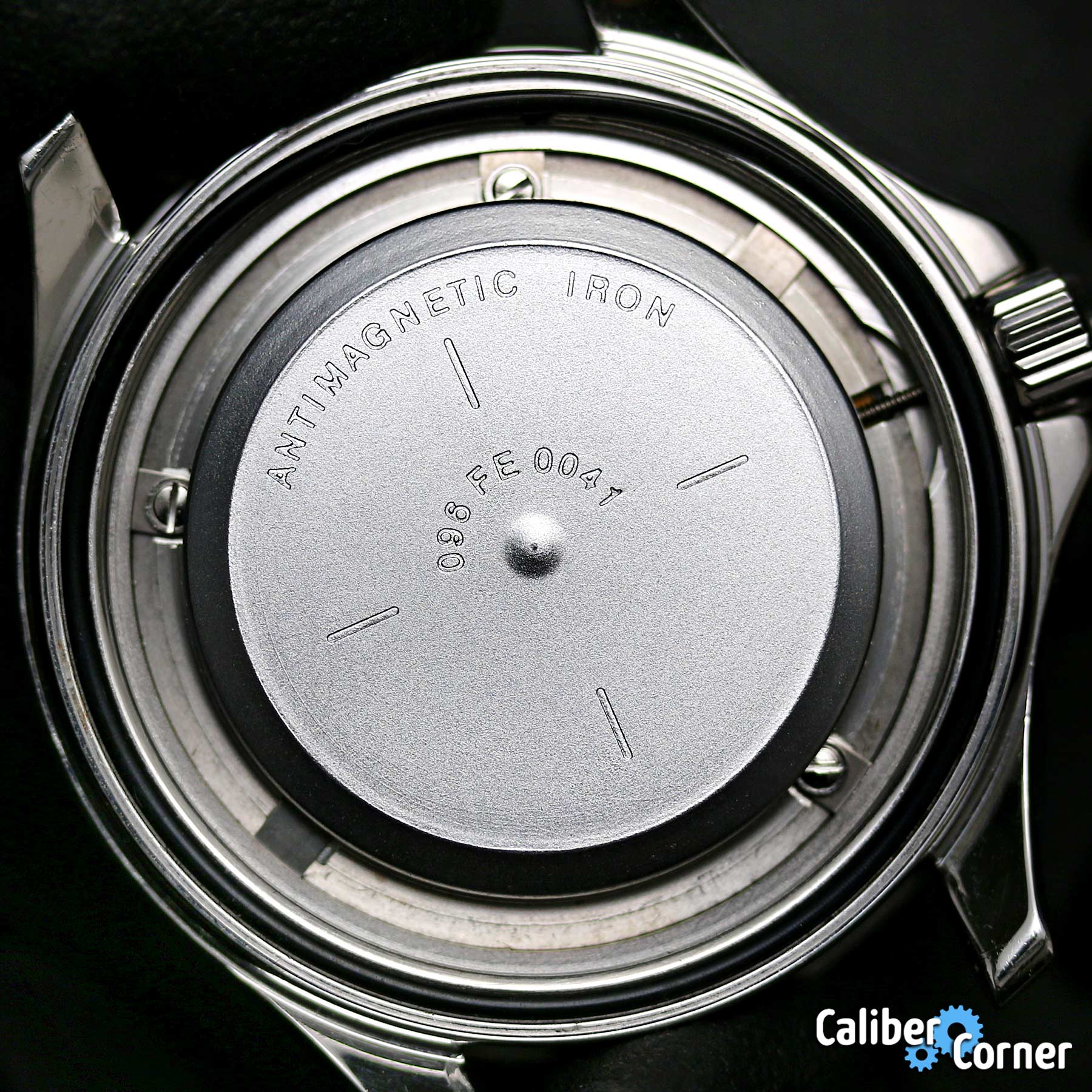



 network of watch sites
network of watch sites




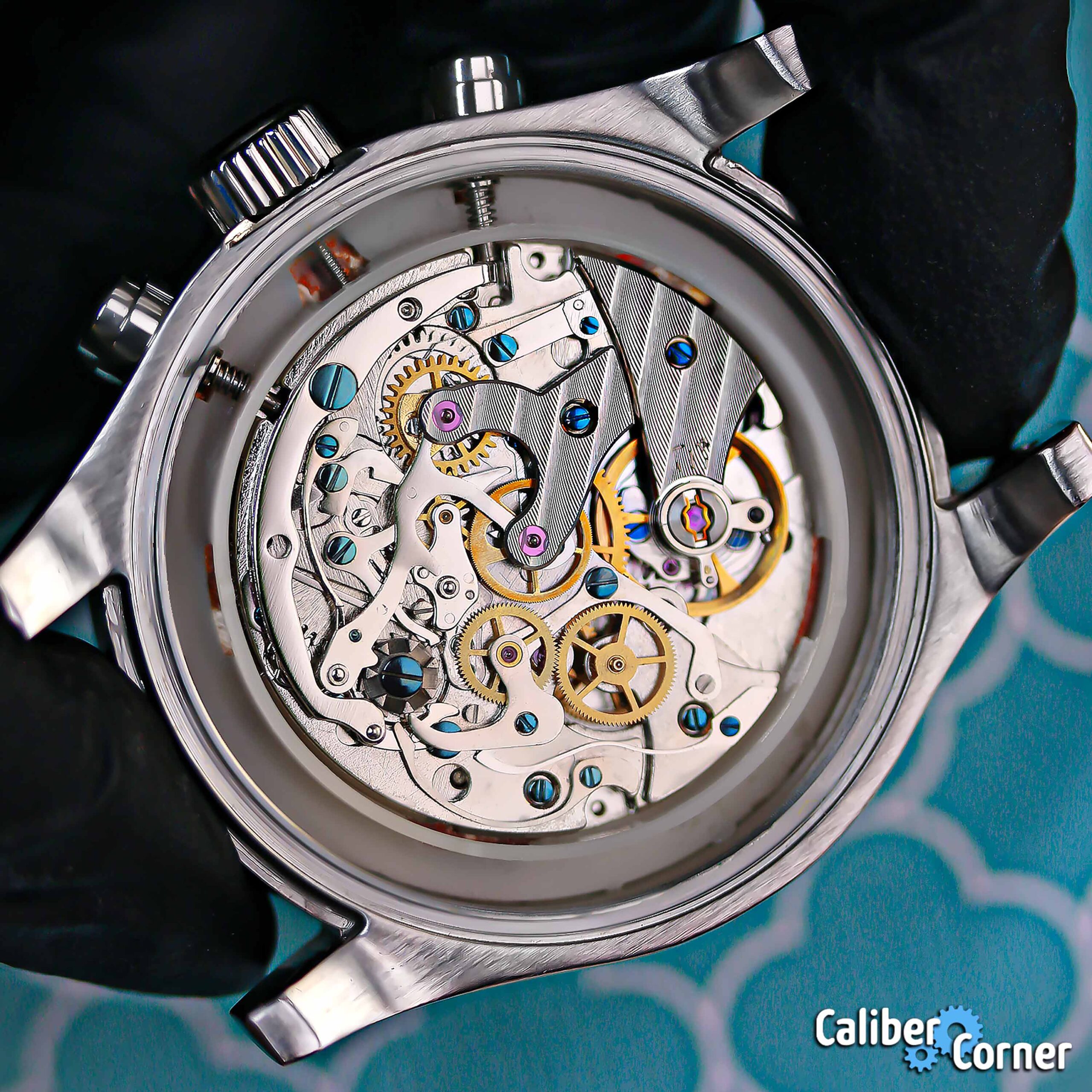
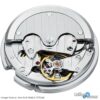


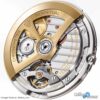

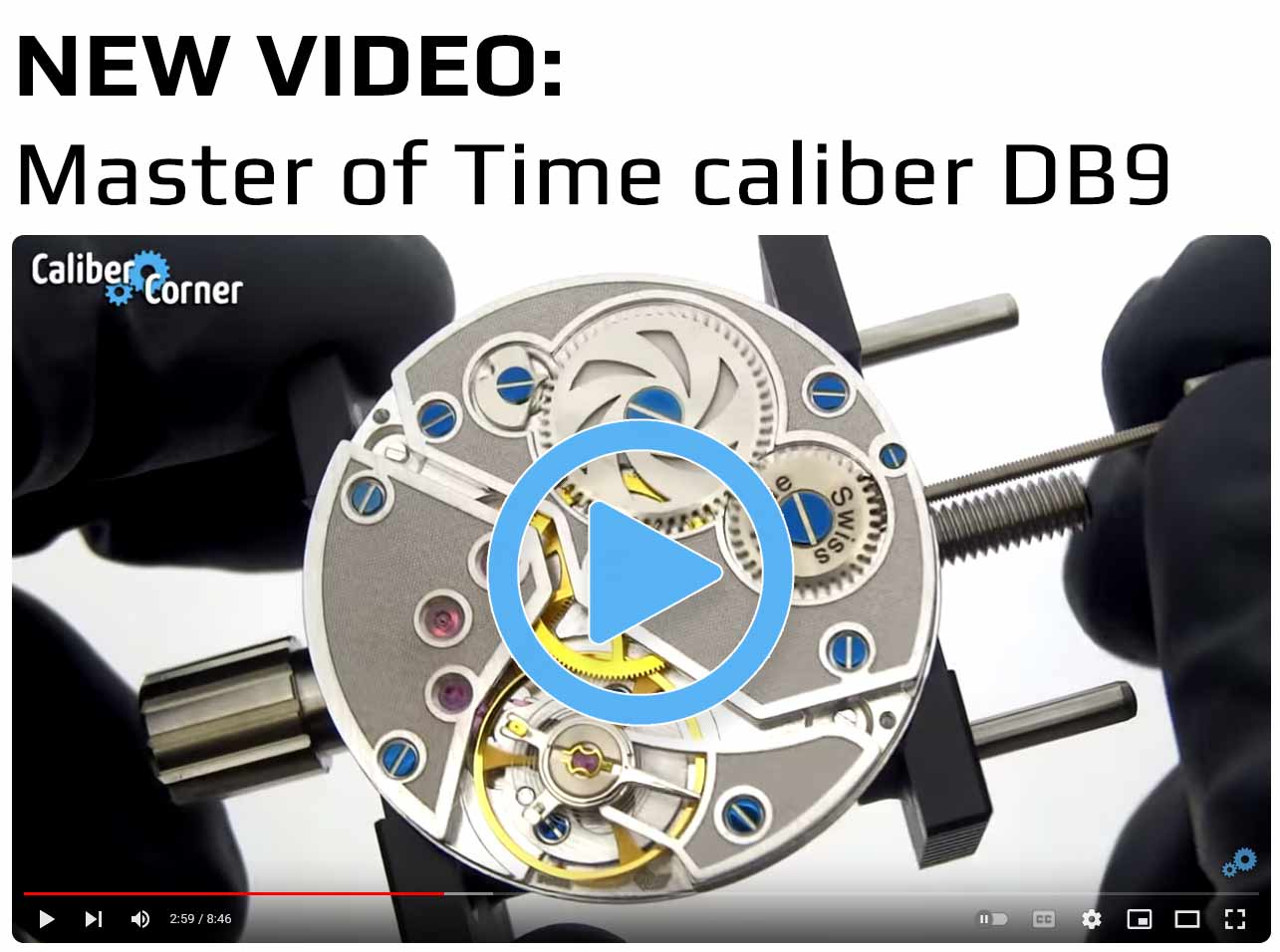


Recent Comments
Fear is not a good sign. I did buy a BM with caliber BM14-1975AC2 in…
I have a Baume & Mercier Clifton moa10059. Here on the caliber printed sw300. While…
Yes, it does. The only obvious downside of most models with this caliber in my…
It's lubricated! Why do people keep calling this a natural escapement?
link to the user manual is dead. Here's one that seems to work for now:…
Panzera also use this movement in their Aquamarine 45G
Hmm, my Hanhart does not have a ghost date, but it does not look as…